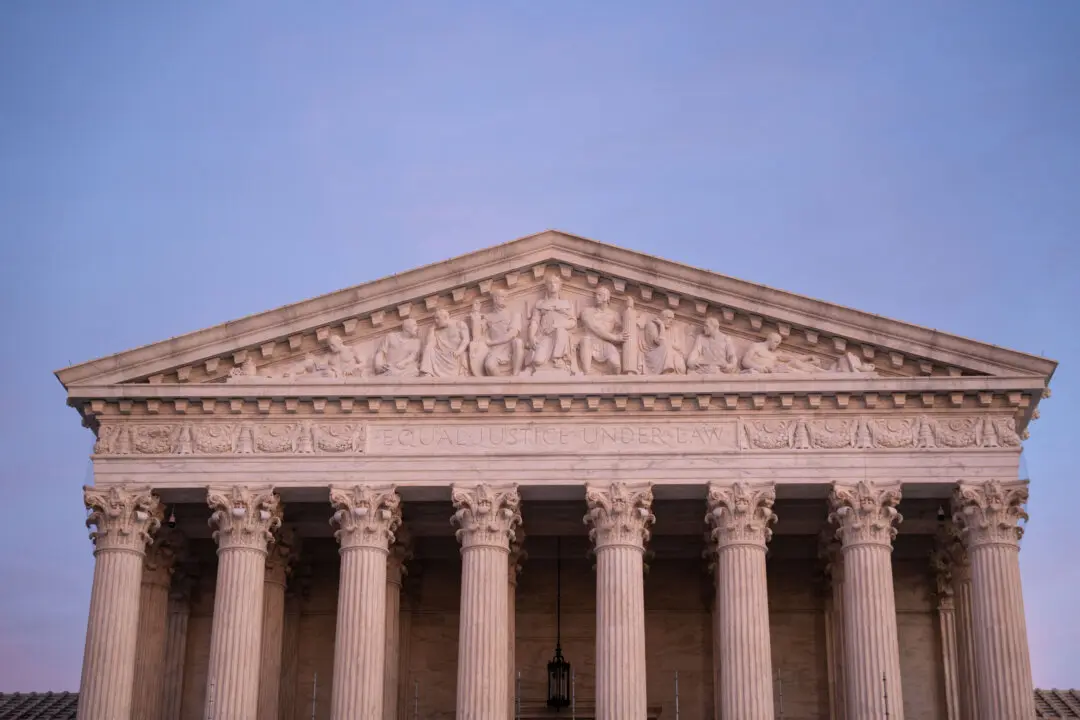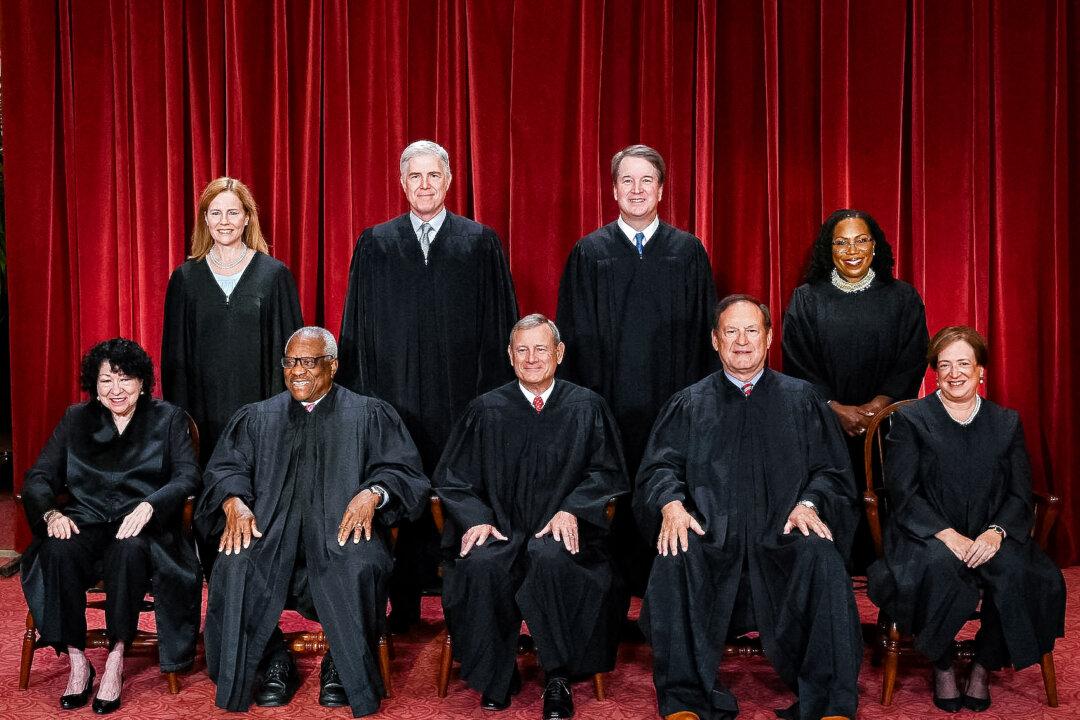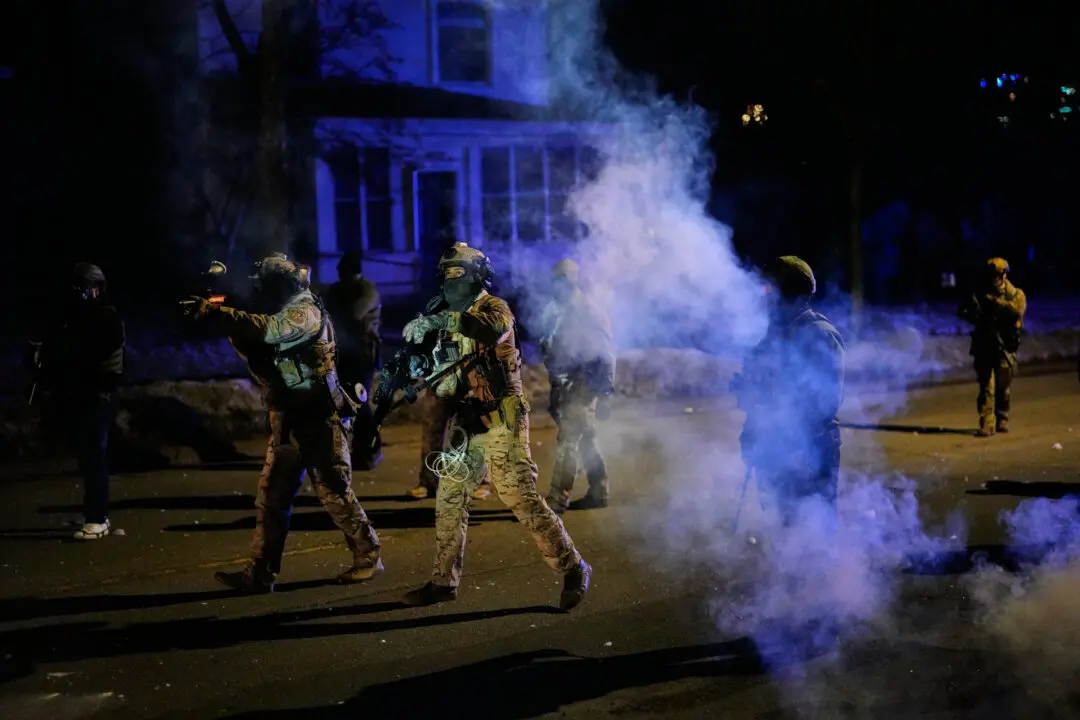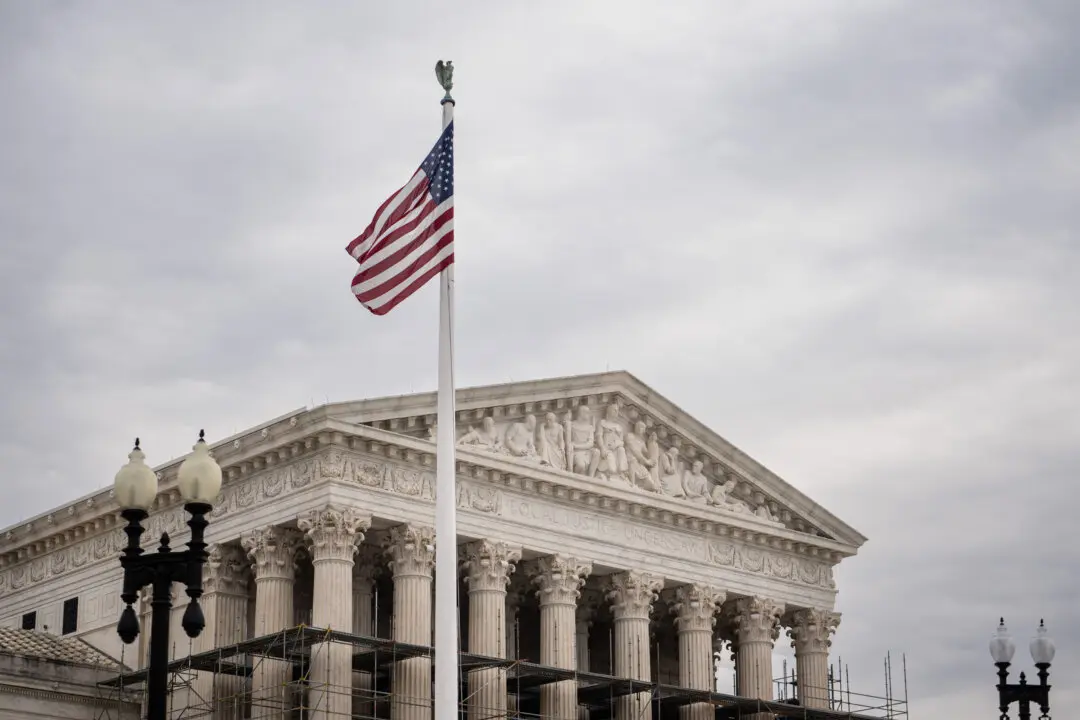The unique problems posed by voting-by-mail are being blamed for election fraud in New Jersey and for a now-three-week delay in counting ballots for New York City’s primary elections, with many races yet to be decided.
These difficulties may foreshadow larger problems to come in the November presidential elections.





